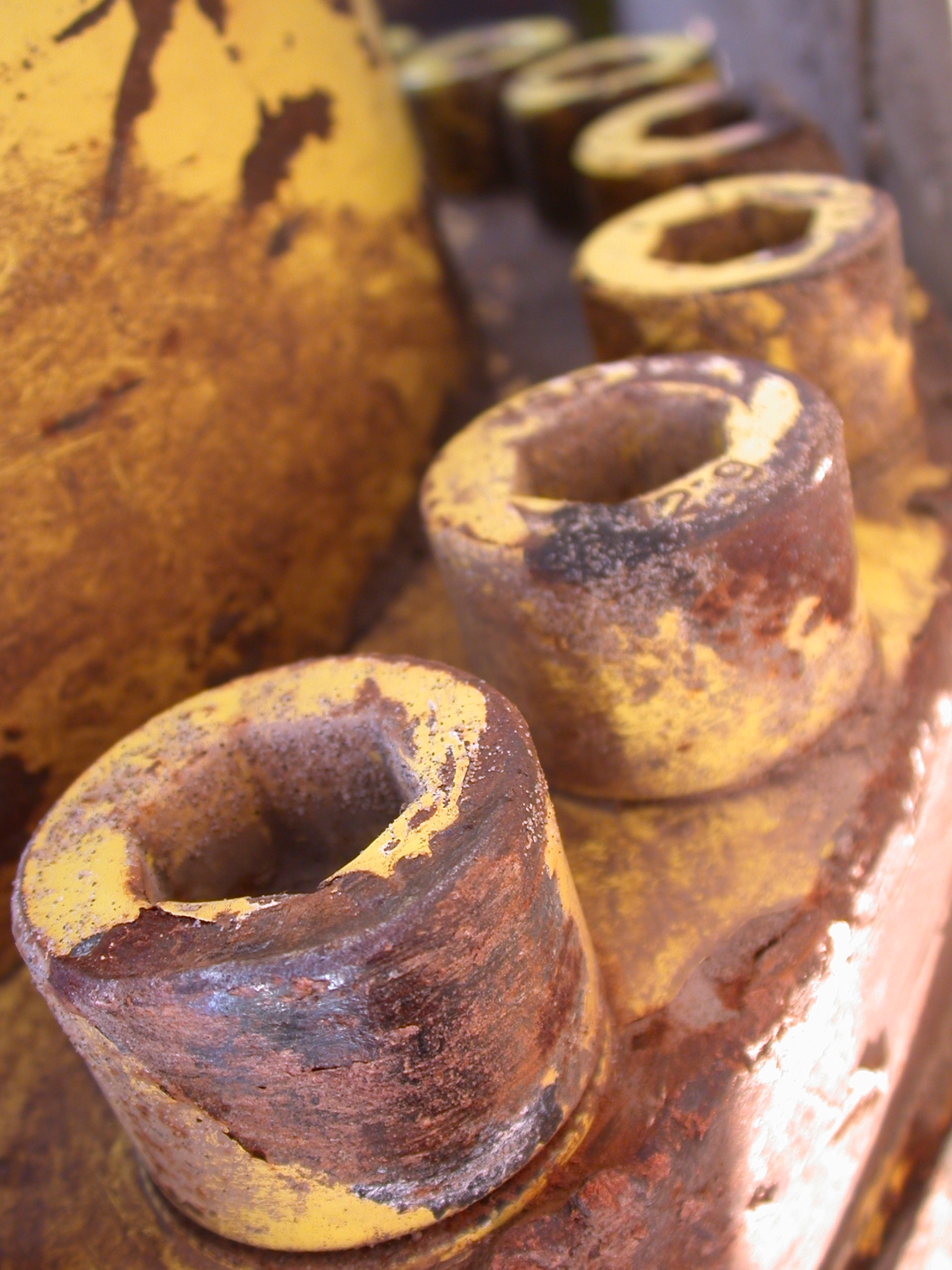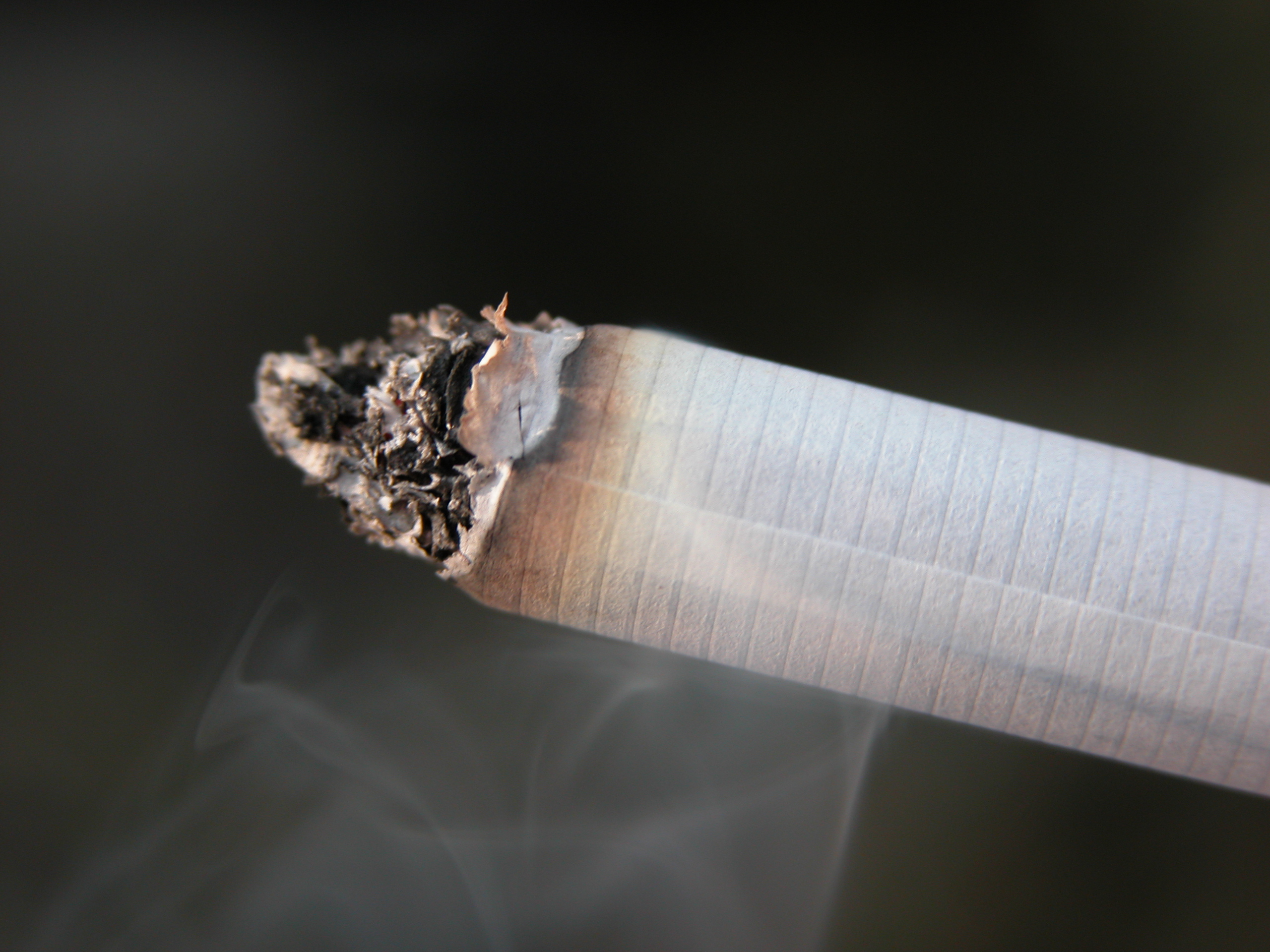The prostrate gland is an essential body part in a man’s body that yields semen, the liquid that nourishes and transports sperm. Its inflammation is called prostatitis with quite a few symptoms including frequent urination as well as burning or pain while urinating.
You can find various forms of prostatitis where the least well-known type is easily the most acute in which hospitalization could be required. Prostatitis cannot be generally cured; however relief can be brought to the various symptoms of its. During intense bacterial prostatitis, one grows fever and chills suddenly, as well as develops painful ejaculation with urinary issues.
In chronic bacterial prostatitis, its symptoms develop slowly and are not quite as extreme as acute prostatitis. Excessive urination at night, frequent urination, blood in urine or semen, pain in the lower back and painful ejaculation are some of its prominent symptoms. Probably the most typical form of prostatitis is persistent nonbacterial prostates at which it has symptoms that are similar to persistent bacterial prostatitis. But, tests done here do not identify any bacteria in the urine or material in the prostate gland. There might also be pus cells present at times.
Probably the most typical form of prostatitis is persistent nonbacterial prostates at which it has symptoms that are similar to persistent bacterial prostatitis. But, tests done here do not identify any bacteria in the urine or material in the prostate gland. There might also be pus cells present at times.
Bacteria are usually the main cause for acute and chronic bacterial prostatitis. But, in persistent nonbacterial prostates, there are several theories to possible triggers for it. These problems are lifting heavy objects on a full bladder, regular biking or jogging, occupations in which the best prostate supplement is exposed to strong vibrations such as driving a truck and the performance of heavy machinery as well as spasms of the pelvic muscle.
Prostatitis typically happens in older males; but might be created in young men that have had a bladder infection, used a urinary catheter, some jobs, bicycling or running and stopping and starting when urinating. Prostatitis is diagnosed by first eliminating other possible conditions with similar symptoms and determining the type of prostatitis you might have. This is accomplished with a medical history as well as actual physical exam with a digital rectal exam. Occasionally, the surgeon may also test urine and semen samples for white blood cells and bacteria.
The treatment for prostatitis depends upon the kind of prostatitis you’ve & generally has antibiotics for infections, alpha blockers to unwind the bladder neck, pain relievers for pain relief and muscle relaxants to cure spasms. With the help of physical therapy as biofeedback and exercise, muscles that are tight are relaxed. Sitz baths will also be helpful as these warm baths relieve pain while relaxing lower abdominal muscles.
Surgery may be resorted to if antibiotics don’t help open blocked ducts or even if fertility is impacted. However, surgery is not used for managing nonbacterial prostatitis. Occasionally, changes in lifestyles also assist control prostatitis. This includes limiting of alcohol, spicy foods and caffeine, normal sex, drinking plenty of water & urinating regularly. If perhaps cycling, it’s preferable to use a’ split’ seat as the pressure on the prostate is lowered. These changes bring considerable help to those suffering from prostatitis.
These changes bring considerable help to those suffering from prostatitis.

